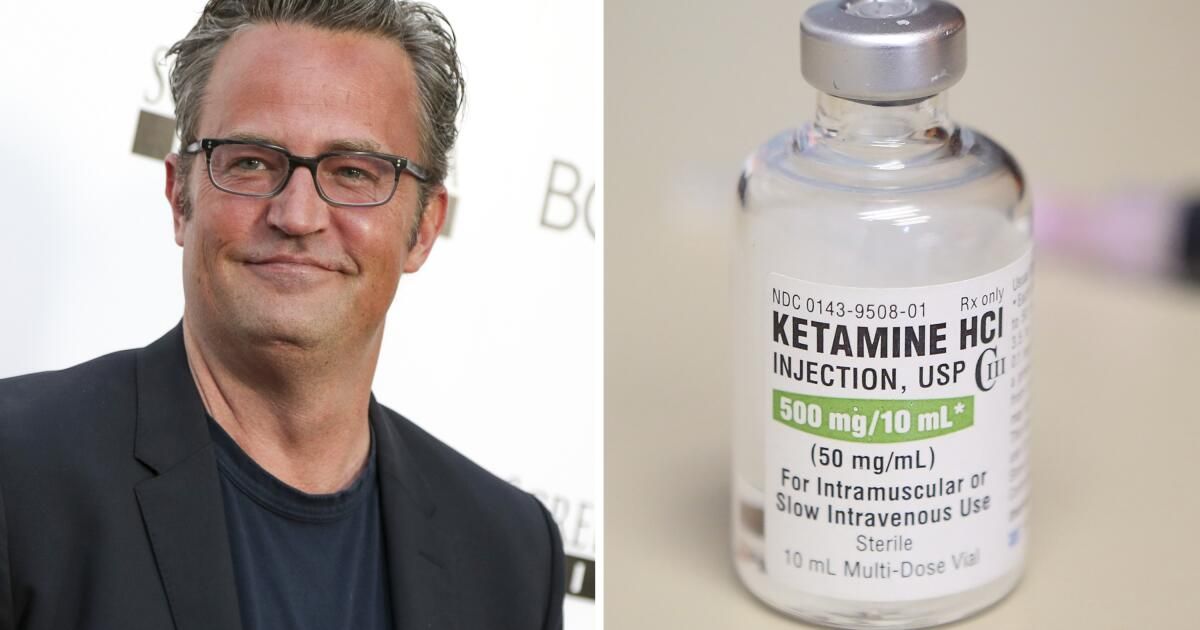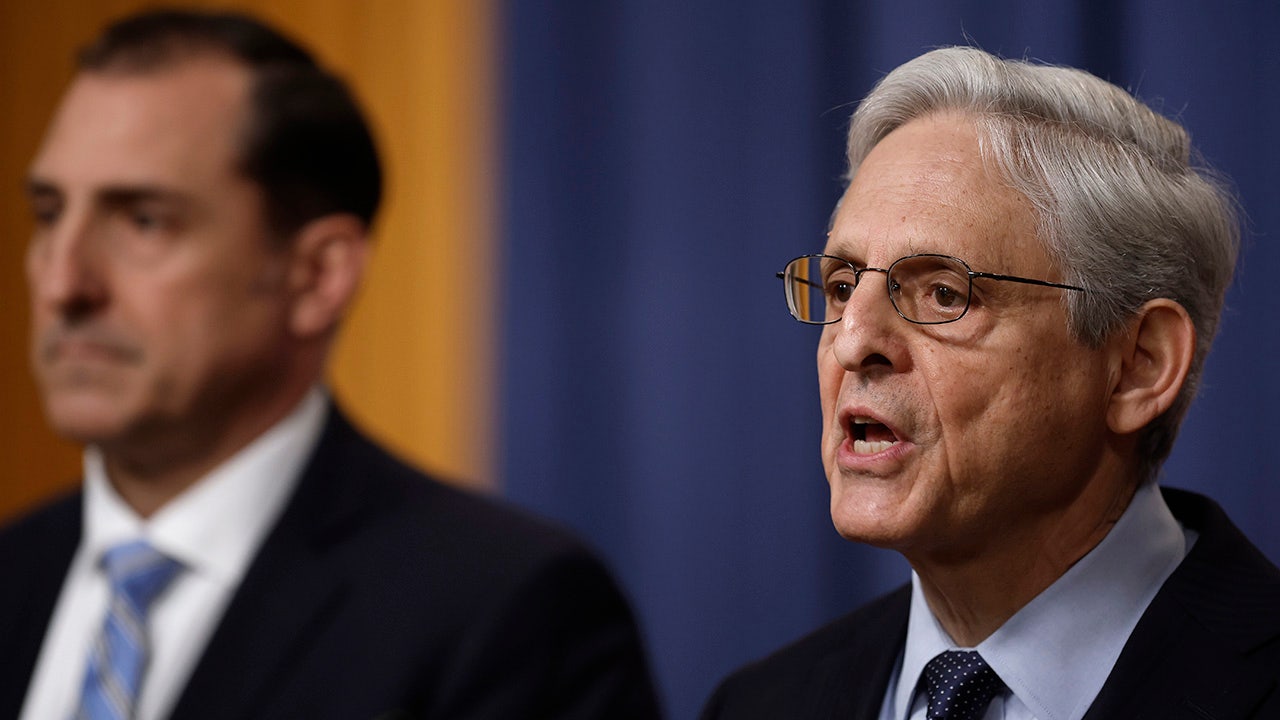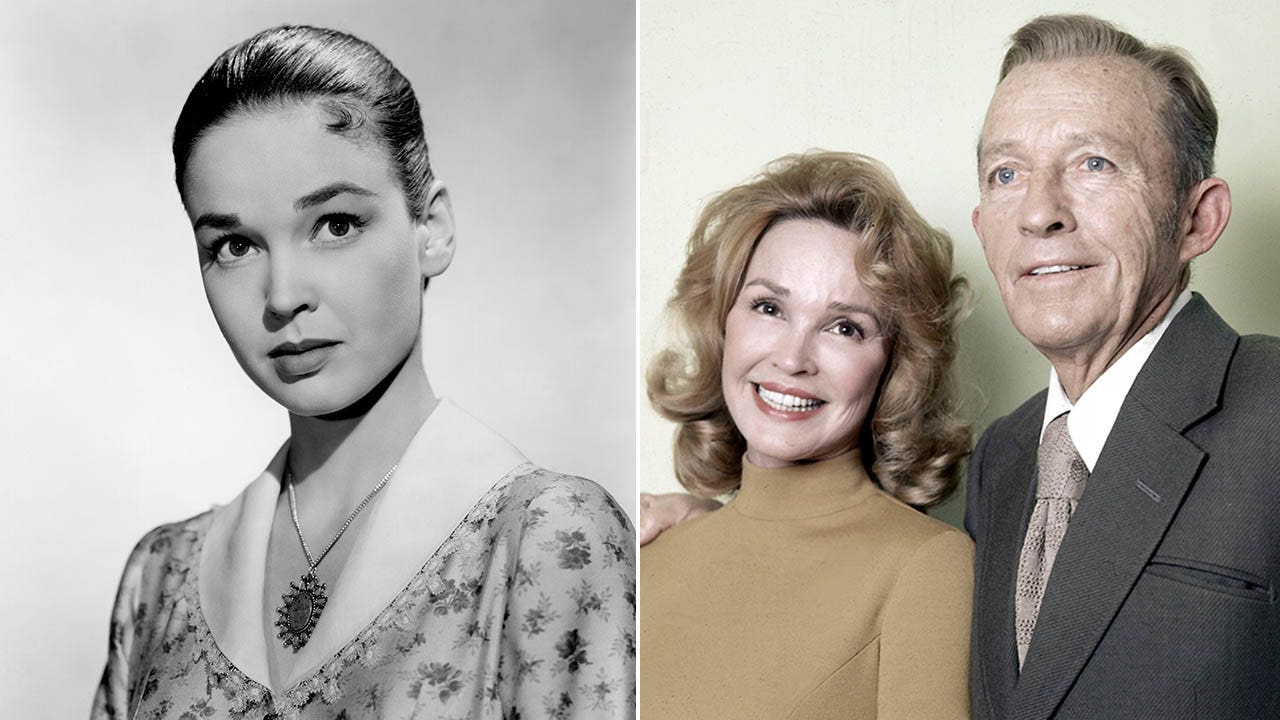Authorities have revealed a disturbing account of the weeks leading up to the death of “Friends” star Matthew Perry.
Prosecutors on Thursday charged five people in connection with the death of the actor, who was found in the hot tub of his Pacific Palisades home on Oct. 28. Traces of ketamine, which is sometimes used to treat depression, were found in his stomach, according to the Los Angeles County medical examiner.
But the level found in his blood was about the same as would be used during general anesthesia, his autopsy showed.
Federal prosecutors allege that Perry's personal assistant, Kenneth Iwamasa, worked with two doctors, Mark Chavez and Salvador Plasencia, and drug dealers Jasveen Sangha and Erik Fleming to obtain thousands of dollars' worth of ketamine for the actor, who had long struggled with addiction.
U.S. Attorney Martin Estrada said at a news conference that the defendants “took advantage of Mr. Perry’s addiction to enrich themselves.”
Below is a timeline of events according to the indictment. None of the defendants could be reached for comment and none have entered a plea.
Matthew Perry arrives at the premiere of “The Invention of Lying.”
(Matt Sayles/Associated Press)
Looking for the drug
A month before Perry's death, Plasencia learned that the actor was interested in obtaining ketamine, a legal drug commonly used as an anesthetic. It can be abused for recreational purposes, as users are drawn to its dissociative effects.
After learning of Perry's interest, Plasencia contacted Chavez, who previously ran a ketamine clinic, to obtain the drug and sell it to the actor, authorities said. In text messages to Chavez, Plasencia discussed how much to charge Perry for the ketamine, saying, “I wonder how much this idiot is going to pay,” and “We're going to find out,” according to court records.
Ketamine is increasingly being offered “off-label” in private clinics in an effort to treat depression and other mental health disorders.
Experts have said some people also snort or inject ketamine recreationally to experience euphoric or “dissociative” effects that make users feel detached from their own bodies. At very high doses, it can make people feel immobilized and trigger hallucinations. The drug can make breathing difficult and increase demands on the heart, experts said.

A bottle of ketamine.
(Associated Press)
$11,000 for 50 vials
Doctors distributed 20 vials of ketamine to Perry for $55,000 in cash, and charged him $2,000 for a vial that cost Chavez $12, authorities said.
Court records show that in mid-October, Perry's personal assistant, Iwamasa, also began obtaining ketamine for Perry from Sangha and Fleming, who provided the drugs at a lower price. Sangha sold about 50 vials of the drug to the actor for $11,000, authorities said.
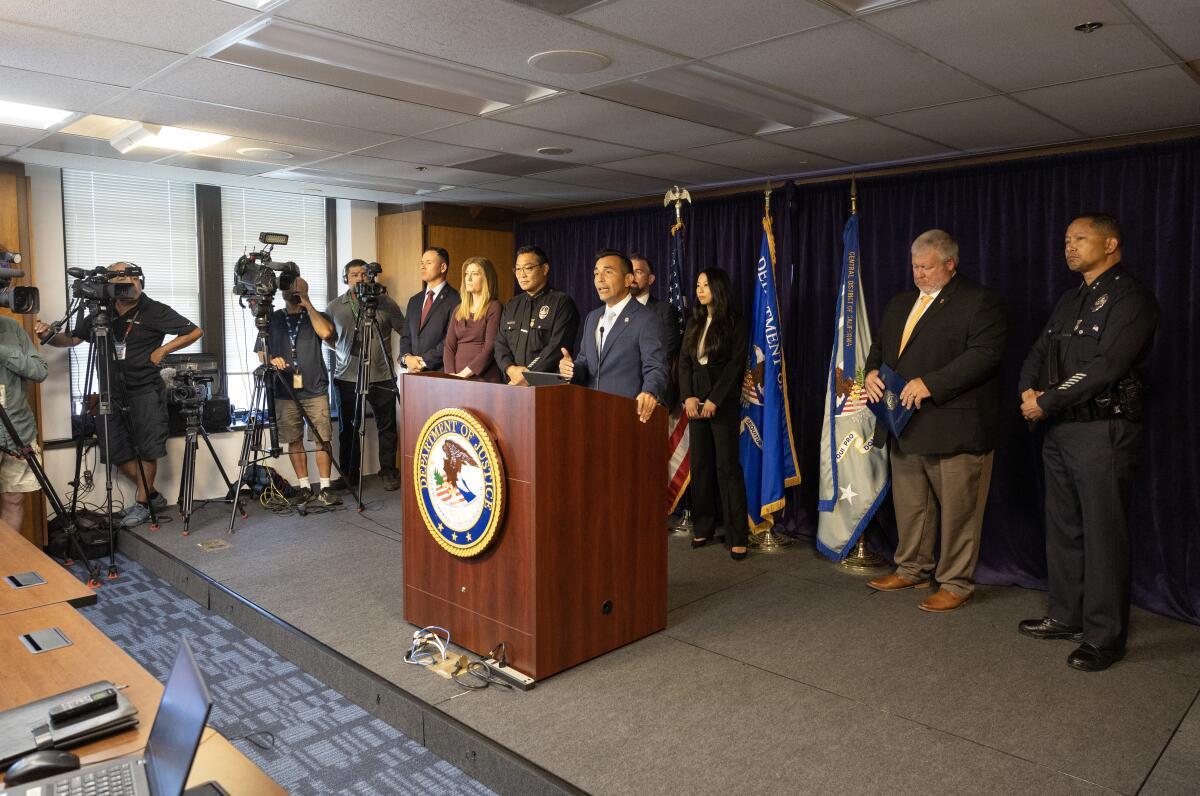
U.S. Attorney Martin Estrada has announced arrests in the drug-related death of actor Matthew Perry.
(Myung J. Chun / Los Angeles Times)
Drugs cause Perry to freeze
Federal prosecutors allege Plasencia taught Iwamasa how to inject Perry with ketamine, sold the drug to the assistant and left vials of the drug for Iwamasa to inject the actor. At one point, a large dose caused Perry to “freeze,” prosecutors said. The doctor is also accused of injecting Perry with the drug inside a car in a Long Beach parking lot.
In the indictment, Plasencia, 42, was accused of providing officials with falsified documents showing a medical treatment plan for Perry that claimed he was being given a maximum dose of 60 milligrams over 24 hours. In fact, prosecutors say, Perry was injecting himself with much higher doses.
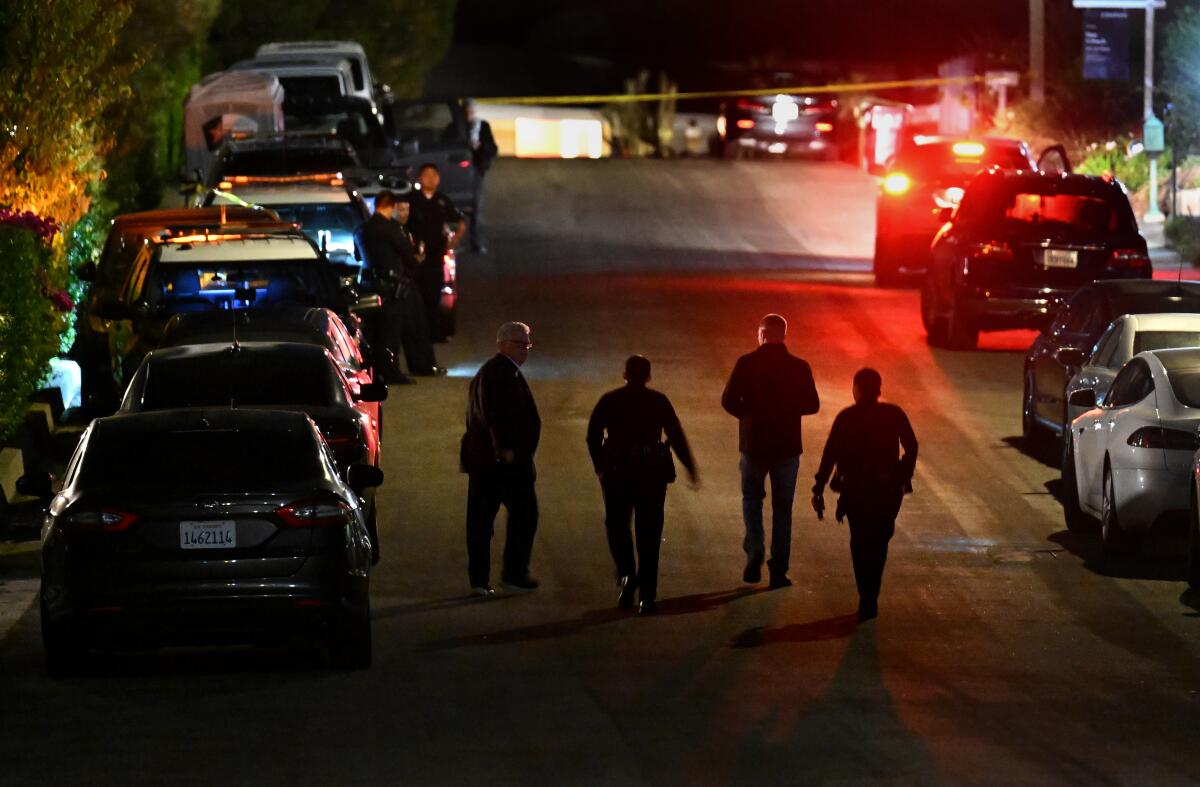
Police investigators walk down the street where Matthew Perry's home is located in Pacific Palisades.
(Wally Skalij / Los Angeles Times)
The day Perry died
According to a plea agreement signed by Iwamasa, he gave Perry his first injection of ketamine around 8:30 a.m. on Oct. 28, the day she died. He gave her a second injection less than an hour later and a third in the afternoon.
Perry demanded that Iwamasa “shoot him with a big shot,” according to Iwamasa.
He complied. Perry headed to the hot tub at his home in Pacific Palisades, and Iwamasa headed out to run errands.
When he returned, Perry was dead in the hot tub.
The medical examiner concluded that the death was an accident.
The high levels of ketamine found in his blood could cause “lethal effects” through cardiovascular overstimulation and respiratory depression, the Los Angeles County medical examiner said in a report. Other factors contributing to the actor’s death included drowning, coronary artery disease and the effects of buprenorphine, a drug used to treat opioid use disorder.

